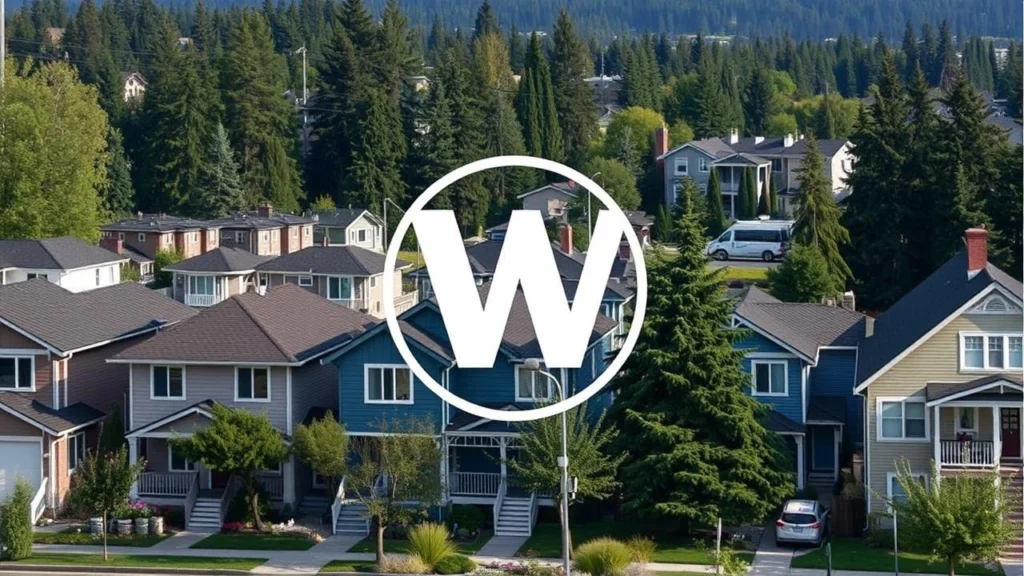In response to escalating housing costs and a growing demand for affordable living options, Washington Governor Jay Inslee recently signed a landmark rent-control bill into law. This move has the potential to reshape the housing landscape in Washington state and address the challenges faced by residents struggling with skyrocketing rents. This article delves into the details of the bill, its implications, and the broader context of housing challenges in the state.

The Need for Rent Control in Washington
Washington state has been grappling with housing affordability issues for many years. According to a report by the Washington Center for Real Estate Research, between 2012 and 2022, rents in major cities surged by nearly 50% on average. This rapid increase has forced many families and individuals to allocate an unsustainable portion of their income to housing costs, often resulting in increased rates of homelessness and housing instability.
The rent-control bill, officially known as the “Washington Rent Stabilization Act,” aims to mitigate these challenges.
“We must ensure that every Washingtonian has the right to a stable home. This bill is a crucial step toward providing our residents with the security they need.” – Governor Jay Inslee
Key Features of the Rent-Control Bill
The new legislation introduces several significant provisions aimed at protecting tenants and ensuring housing stability. Below is a breakdown of the key features of the Washington Rent Stabilization Act:
| Provision | Description |
|---|---|
| Rent Increase Cap | Limits annual rent increases to 3% plus inflation (CPI) |
| Just Cause Eviction | Requires landlords to provide valid reasons for eviction |
| Tenant Protections | Increases protections against retaliatory eviction |
| Rental Assistance Programs | Expands funding for rental assistance and legal support for tenants |
| Transparency Requirements | Mandates that landlords disclose rent prices, fees, and terms of tenancy |
| Tenant Organizing Rights | Supports tenants’ ability to form associations and seek collective bargaining |
Implications of the Bill
The implementation of the Washington Rent Stabilization Act carries a range of potential implications, both positive and negative.
- Positive Impacts:
- Increased Housing Stability: Limiting rent increases can provide tenants with greater stability and allow families to budget more effectively.
- Protection for Vulnerable Populations: The law will particularly benefit low-income families, seniors, and people with disabilitieswho are disproportionately affected by rising rents.
- Encouragement of Community Cohesion: By reducing displacement, communities can remain intact, fostering social ties and collective investment in neighborhoods.
- Potential Challenges:
- Landlord Concerns: Property owners may fear that caps on rent increases could dissuade investment in new housing development, potentially exacerbating the housing supply crisis.
- Regulatory Burdens: Some landlords may find compliance with the new regulations burdensome, necessitating modifications in their management processes.
- Unintended Consequences: Critics of rent control often argue it can lead to decreased maintenance of rental properties as owners seek to minimize costs.
The Bigger Picture: Housing Affordability in Washington
While the Rent Stabilization Act represents a substantial legislative change, it is essential to contextualize it within the broader landscape of housing in Washington state. The state has witnessed a consistent housing demand that outpaces supply. Factors contributing to this imbalance include:
- Population Growth: Washington’s population has been growing steadily, particularly in urban areas such as Seattle and Tacoma. This has created increased competition for limited rental units.
- Economic Disparities: The rapid economic growth in the tech sector and other industries has attracted a high-income population while leaving many low- and middle-income residents behind.
- Zoning Regulations: Stringent zoning laws have limited the construction of new housing developments, especially affordable options and multifamily housing.
FAQs About the Rent-Control Bill
Q1: What exactly does the rent cap mean for current tenants?
The rent cap means that landlords can no longer increase rent by more than 3% plus the rate of inflation annually, providing tenants with greater predictability in their housing costs.
Q2: How are landlords expected to respond to these new regulations?
Landlords may need to adjust their business models, including property management practices and tenant relations, as they may have to navigate increased tenant protections and comply with new transparency requirements.
Q3: Will this bill solve the housing crisis in Washington?
While the rent-control bill is an essential step toward improving housing stability and affordability, it is not a complete solution. Addressing the broader housing supply issues and economic disparities will require additional legislative and community efforts.
Q4: When does the law come into effect?
The specific implementation date will depend on various regulations that need to be established; however, the law is expected to take effect within a few months of Governor Inslee’s signing.
Conclusion
The signing of the Washington Rent Stabilization Act marks a pivotal moment in the state’s approach to handling housing affordability challenges. While the legislation presents opportunities for increased housing stability and protections for tenants, its success will ultimately depend on ongoing dialogue between lawmakers, housing advocates, property owners, and residents. As Washington embarks on this new chapter in housing policy, the hope is that the state will move closer to a solution that addresses the pressing need for affordable and stable housing for all its citizens.
The future of housing equity in Washington lies in a balanced approach—one that seeks to enhance tenant protections while also encouraging continued investment in housing development.
Washington governor signs rent-control bill into law






